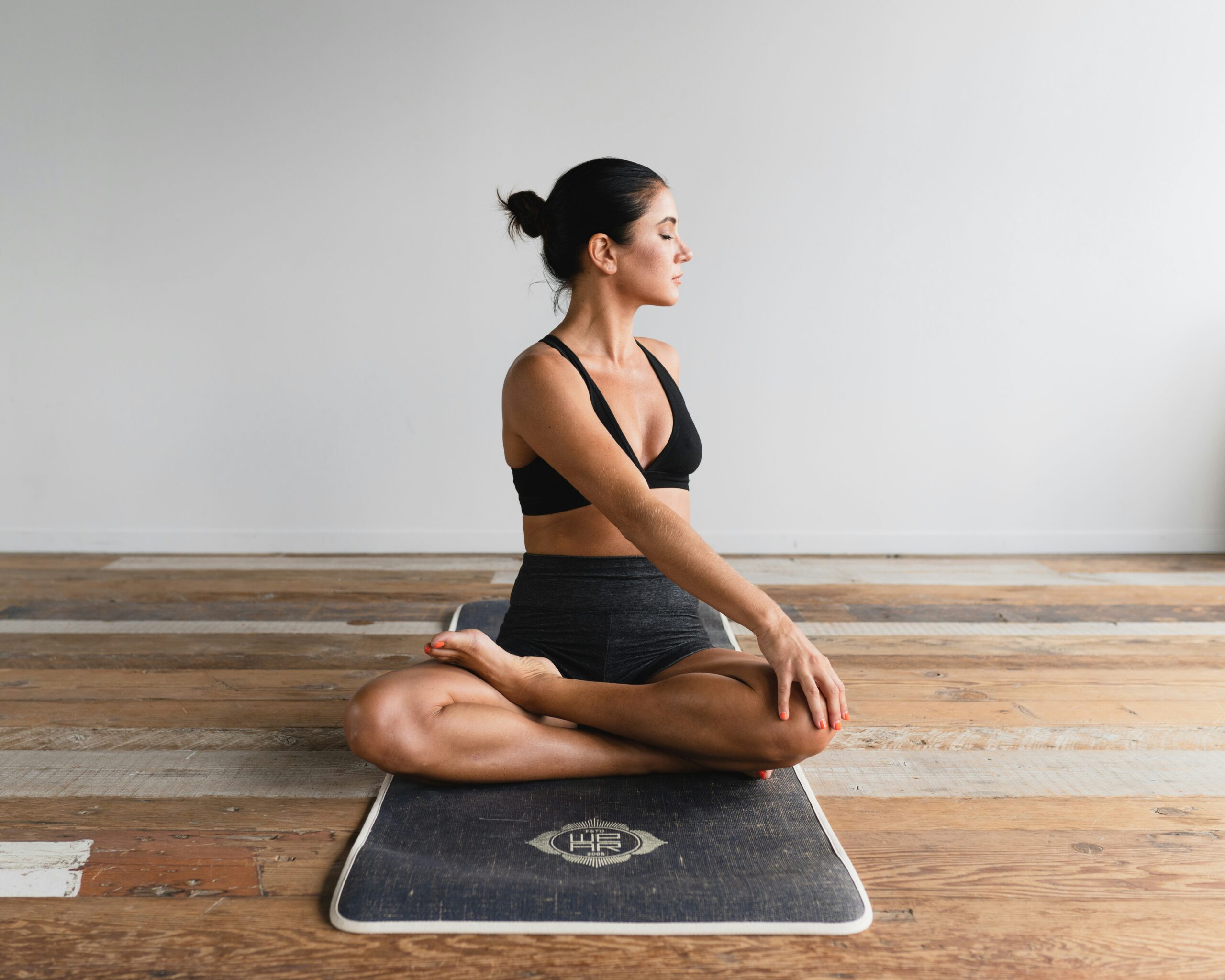- Increased insulin sensitivity: Regular physical activity helps your body use insulin more effectively. This means your cells are better able to take up glucose from the bloodstream for energy, leading to lower blood sugar levels.
- Muscle contraction: When you exercise, your muscles contract and use glucose for energy. This helps lower blood sugar levels even without insulin.
- Weight management: Exercise can help you maintain a healthy weight or lose weight, which can improve insulin sensitivity and blood sugar control.
- Reduced stress: Exercise can help reduce stress hormones, which can raise blood sugar levels.
Here are some tips for practicing sports safely and effectively to stabilize glucose levels:
- Choose activities you enjoy: This will make it easier to stick to a regular exercise routine.
- Start slowly and gradually increase intensity and duration: This will help your body adjust to exercise and reduce the risk of injury.
- Monitor your blood sugar levels before, during, and after exercise: This will help you understand how your body responds to different types of activity and adjust your food intake or insulin dosage as needed.
- Talk to your doctor about the best time to exercise: They can help you create a safe and effective exercise plan based on your individual needs and health conditions.
- Stay hydrated: Drink plenty of water before, during, and after exercise to prevent dehydration, which can affect blood sugar levels.
- Be aware of delayed hypoglycemia: This is a condition where blood sugar levels drop several hours after exercise. If you experience symptoms of hypoglycemia, such as shakiness, sweating, dizziness, or confusion, check your blood sugar and eat a fast-acting source of carbohydrate if needed.
Remember, consistency is key. Aim for at least 30 minutes of moderate-intensity exercise most days of the week. You may also want to include strength training exercises 2-3 times per week.
It’s important to talk to your doctor before starting any new exercise program, especially if you have diabetes or other health conditions. They can help you create a safe and effective plan to help you reach your fitness goals and stabilize your glucose levels.































